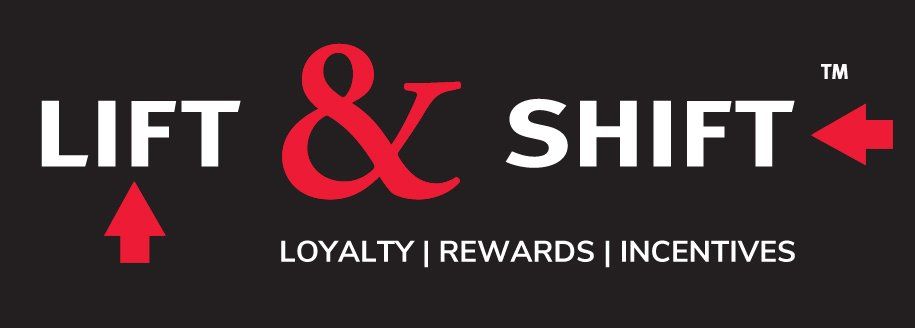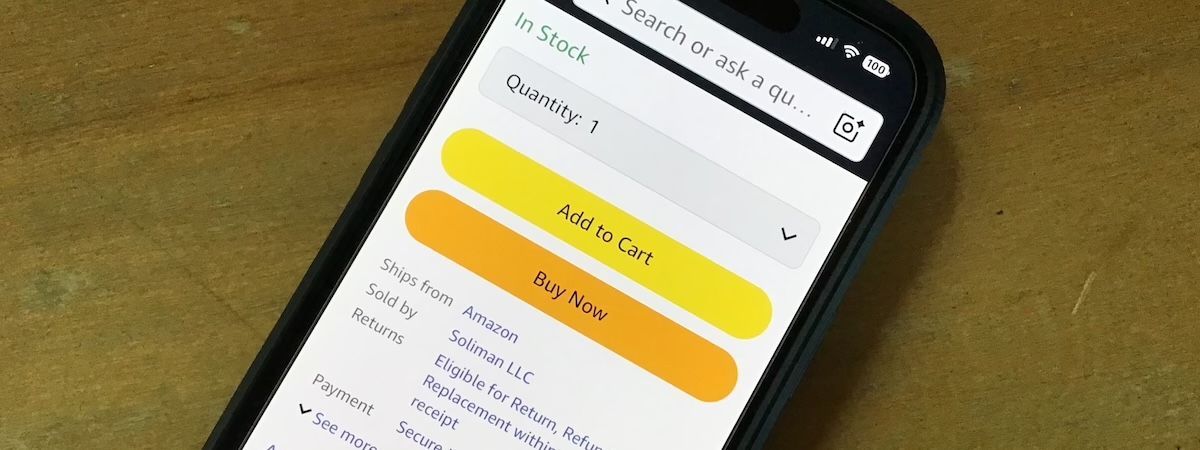Why Prepaid Point Programs Hurt Performance

Written by Graham Farrell • February 4, 2025
In the evolving landscape of B2B loyalty programs and incentive solutions, one outdated model continues to persist: the pre-paid point program. Despite significant advancements in loyalty and incentive program design, the pre-paid point model remains a glaring example of inefficiency and misplaced priorities. This approach not only undermines the effectiveness of loyalty programs but also creates inherent conflicts of interest that can compromise long-term results.
What is a pre-paid point program?
A pre-paid point program operates under a structure where the company offering a loyalty program—whether to customers, channel partners, or sales teams—is required to pay the program administrator upfront for the full value of all points issued. These payments occur regardless of whether program participants ever redeem those points for rewards.
At first glance, this might seem like a straightforward way to manage rewards programs. However, taking a closer look, this model poses significant challenges for companies aiming to drive customer loyalty or channel sales and influence purchasing or selling behaviors effectively.
The problem with pre-paid point models
The pre-paid point system represents more than just a logistical or financial framework; it highlights a fundamental misalignment between the goals of the company running the program and the motivations of the program administrator. Here’s why:
1. Misaligned incentives:
Under a pre-paid point model, the program administrator benefits financially when points are not redeemed. The unredeemed points represent pure profit for the administrator, creating a disincentive to actively engage participants and encourage point redemption. This misalignment directly contradicts the goals of most loyalty programs, which are designed to drive customer or channel engagement and encourage desired behaviors such as repeat purchases or increased sales.
2. Lack of participant engagement:
When program members fail to redeem their points, it’s a clear sign of disengagement. Unredeemed points indicate that participants are not deriving value from the program. Without tangible rewards or a sense of achievement, participants are less likely to change their purchasing or selling behaviors, rendering the loyalty or incentive program ineffective.
3. Financial inefficiency for companies:
For companies funding the loyalty program, pre-paying for points that may never be redeemed is a poor allocation of resources. These funds could be better invested in performance-based initiatives that reward actual behaviors and drive measurable results.
Why performance-based models are superior
To achieve maximum impact, loyalty and incentive programs must be performance-driven. This means rewards are only earned when participants meet specific goals or exhibit desired behaviors. For example, a channel partner incentive program might reward distributors or resellers for achieving sales targets, increasing order sizes, or promoting specific product lines. Similarly, a customer loyalty program could incentivize repeat purchases or larger transactions.
This performance-based approach ensures:
Alignment of goals:
Both the company and the program administrator share the same objectives: to drive engagement and achieve measurable results.
Higher ROI:
Companies only pay for rewards and administrative fees when they see tangible outcomes, ensuring every dollar spent contributes to the program’s success.
Enhanced engagement:
Participants who see value in the program are more likely to remain engaged, redeem rewards, and develop a stronger connection with the brand.
Compensation structures for program administrators
Just as program participants should be rewarded for achieving specific goals, program administrators should also operate under a performance-based compensation model. Administrators should be incentivized to design and manage programs that drive engagement, increase redemption rates, and deliver measurable business results.
A performance-based fee structure eliminates the conflict of interest inherent in the pre-paid point model. Instead of profiting from unredeemed points, administrators are motivated to ensure that participants engage fully with the program and derive maximum value from their rewards.
The role of redemption in program success
Point redemption is a critical metric in evaluating the success of any loyalty or incentive program. High redemption rates indicate that participants are engaged and finding value in the program, which translates into increased loyalty and stronger purchasing or selling behaviors. Conversely, low redemption rates often signal disengagement and a failure to deliver the desired outcomes.
A high redemption rate suggests that participants view the program’s rewards as attainable, relevant, and worth their effort. When participants redeem their points, they experience a tangible benefit from their engagement, reinforcing positive behaviors such as repeat purchases/sales, larger order volumes, or greater product advocacy. This cycle of earning and redeeming creates a virtuous loop of engagement that benefits both the participant and the company.
In contrast, low redemption rates can stem from a variety of issues, including unclear reward structures, unattractive reward options, or an overly complicated redemption process. Companies that monitor and optimize these factors can significantly enhance program performance. For instance, simplifying the redemption process, offering a diverse and appealing catalog of rewards, and regularly promoting redemption opportunities can drive higher participation and satisfaction.
By eliminating pre-paid point models and focusing on performance-based strategies, companies can:
- Encourage greater participation and engagement among customers and channel partners.
- Ensure that reward programs drive meaningful behavior changes.
- Build stronger, longer-lasting relationships with their participants.
Ultimately, redemption is not just a metric; it is a reflection of a program’s ability to deliver on its promise of value. High redemption rates are a clear signal that the program is achieving its goals of fostering loyalty and influencing desired behaviors.
Moving forward: Designing programs for success
To avoid the pitfalls of pre-paid point programs, prioritize a reward program design that emphasizes alignment, engagement, and performance. This involves:
1. Tailored program design:
Start by thoroughly understanding your business objectives and the specific behaviors you want to incentivize. Your program should align with these goals while also addressing the unique needs and preferences of your target audience. This will include designing separate strategies for different customer segments, channel partners, or sales teams.
2. Data-driven strategies:
Utilize robust data analytics to identify purchasing patterns, detect gaps in sales performance, and pinpoint opportunities for targeted interventions. Insights derived from data can guide the creation of highly personalized rewards and messaging that resonate with participants.
3. Engaging reward structures:
Offer a diverse catalog of rewards that appeal to your participants. Rewards should be relevant, attainable, and valuable to ensure that participants are motivated to engage. In addition, consider incorporating tiered rewards or bonus incentives for participants who exceed performance expectations.
4. Transparent compensation models:
Ensure that your program administrators are incentivized based on the success of the program, not on unredeemed points. A transparent compensation model encourages administrators to focus on driving participant engagement and delivering measurable results.
5. Seamless user experience
Simplify the process for earning and redeeming rewards. An intuitive platform with clear instructions, easy navigation, and responsive customer support can significantly enhance participant satisfaction and increase program engagement.
6. Continuous communication and promotion:
Keep participants informed and engaged through regular program-related communication. Highlight point balances and bonus reward opportunities, celebrate milestones, and share success stories to maintain enthusiasm and reinforce the value of the program.
7. Regular performance reviews:
Establish key performance indicators (KPIs) to track program success, such as redemption rates, participant engagement levels, and ROI. Conduct periodic reviews to assess what’s working and identify areas for improvement. Use these insights to refine your program continuously.
By implementing these strategies, companies can design loyalty and incentive programs that not only meet but exceed their business objectives. The key is to focus on creating an ecosystem where participants feel valued and motivated to engage, driving the behaviors that lead to sustainable growth and stronger relationships.
Conclusion
The pre-paid point model is an outdated approach that undermines the effectiveness of loyalty and incentive programs. By shifting to performance-based strategies and compensation models, companies can drive meaningful program engagement, ensure resource efficiency, and achieve their desired business outcomes. Reward programs should motivate behaviors that lead to success, not create opportunities for program administrators to profit from disengagement.
In today’s competitive B2B environment, effective loyalty and incentive programs are essential for building strong relationships with customers and channel partners. It’s time to leave antiquated models behind and embrace strategies that truly deliver results.
About the author: Graham Farrell is the founder and CEO of Lift & Shift. This article is an expanded version of a post originally published on LinkedIn.
Lift & Shift™ offers a powerful B2B reward platform that can help your company leverage its sales data to drive incremental purchases with customers and channel partners or motivate sales staff. We work with manufacturers, distributors, and service providers to analyze sales data, identifying purchasing gaps and other valuable targeting opportunities.
We create and deliver highly relevant offers to customers, in-house sales staff, or sales associates, motivating your target audience to respond, using a wide array of appealing reward options as influencers. Our performance-based reward structures deliver an unparalleled return on investment with absolutely no wasted budget.
Our customizable reward platform enables clients to easily benefit from a robust loyalty reward program. It's affordable and includes Lift & Shift’s turnkey professional program administration. We take care of everything so you can focus on your key initiatives.
Looking to create or improve your program?
We can help!
Blog page form










